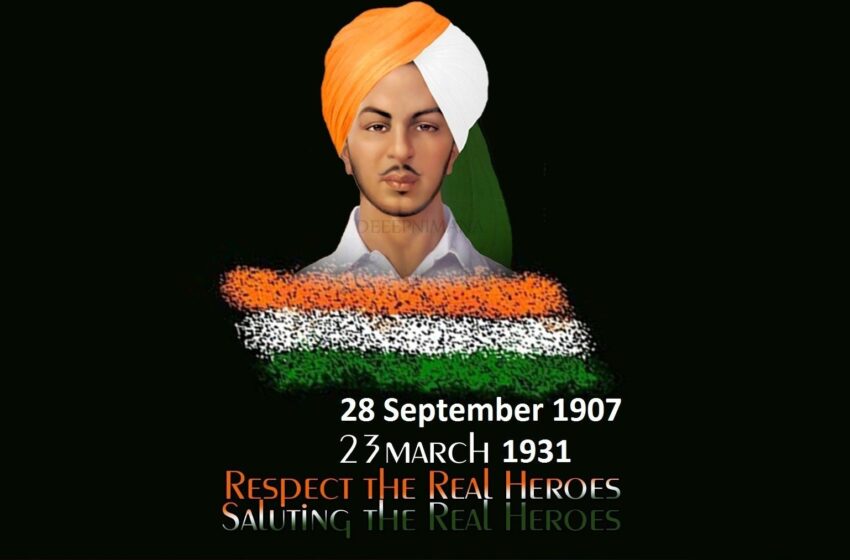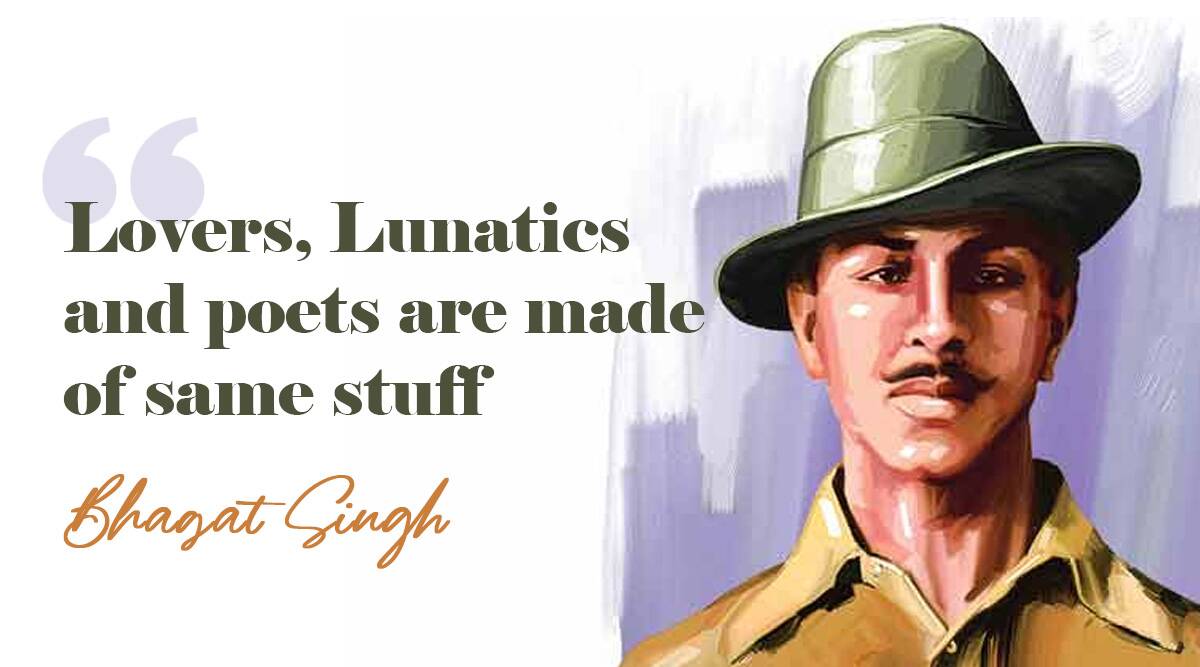
Shaheed Bhagat Singh’s 114th Birth Anniversary | 27 Sept 2021

Shaheed Sardar Bhagat Singh (September 1907 23 March 1931) was a charismatic Indian socialist revolutionary. who participated in the murder of a junior British police officer and an Indian head constable in a case of misplaced revenge for the death of an Indian nationalist. His participation thereafter in a largely symbolic bombing of the Central Legislative Assembly in Delhi and hunger strike in jail turned him into a household name in North India, and after his execution into a martyr and folk hero. His saga electrified a growing militancy in India, and prompted urgent action within thes Indian National Congress’ non-violent but eventually successful campaign for India’s independence.
In December 1928, Bhagat Singh and an associate, Rajguru, both belonging to a small revolutionary group, the Hindustan Socialist Republican Association (also Army, or HSRA), shot dead a 21-year-old British police officer, John Saunders, in Lahor, Punjab in what is today Pakistan mistaking Saunders, who was still on probation, for the British senior police superintendent, James Scott, whom they had intended to assassinate. They held Scott responsible for the death of a popular Indian nationalist leader Lala Lajpat Rai for having ordered a Lathi charge in which Rai was injured and two weeks thereafter died of a heart attack. As Saunders exited a police station on a motorcycle, he was felled by a single bullet fired from across the street by Rajguru, a marksman. As he lay injured, he was shot at close range several times by Singh, the postmortem report showing eight bullet wounds. Another associate of Singh, Chandra Shekhar Azad shot dead an Indian police head constable, Channan Singh, who attempted to give chase to Singh and Rajguru as they fled.
After having escaped, Bhagat Singh and his associates used pseudonyms to publicly announce avenging Lajpat Rai’s death, putting up prepared posters that they had altered to show John Saunders as their intended target instead of James Scott. Singh was thereafter on the run for many months, and no convictions resulted at the time. Surfacing again in April 1929, he and another associate, Batukeshwar Dutt set off two low-intensity homemade bombs among some unoccupied benches of the Central Legislative Assembly in Delhi. They showered leaflets from the gallery on the legislators below, shouted slogans, and allowed the authorities to arrest them. The arrest, and the resulting publicity, brought to light Singh’s complicity in the John Saunders case. Awaiting trial, Singh gained public sympathy after he joined fellow defendant Jatin Das in a hunger Strike, demanding better prison conditions for Indian prisoners, the strike ending in Das’s death from starvation in September 1929.
Bhagat Singh was convicted of the murder of John Saunders and Channan Singh, and hanged in March 1931, aged 23








1 Comment
In December 1928, Bhagat Singh and an associate, Rajguru, both belonging to a s Skidson!